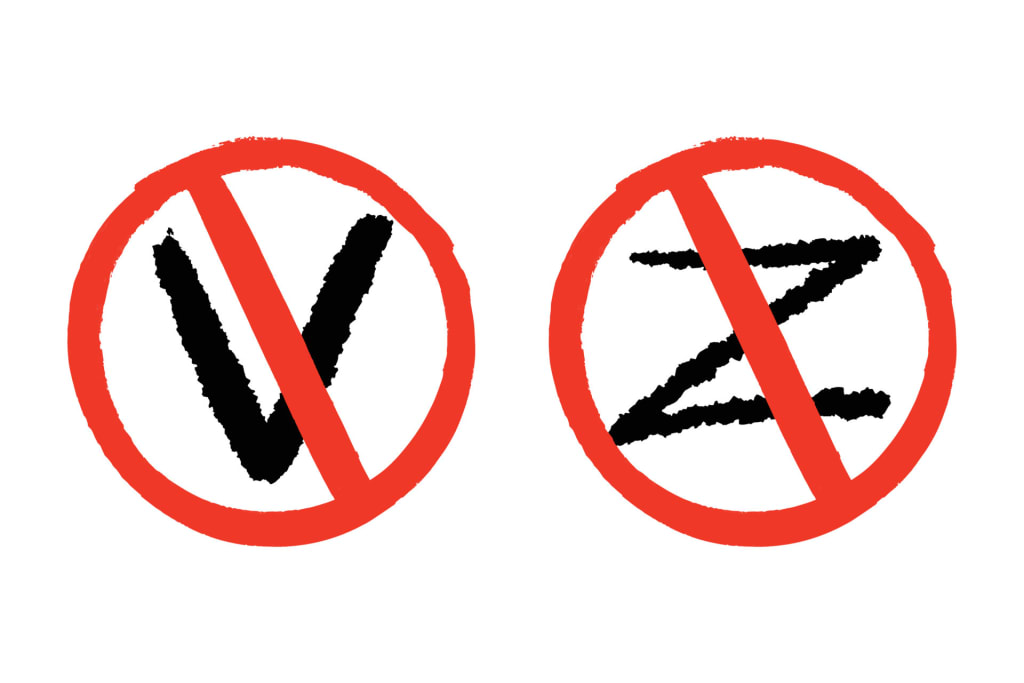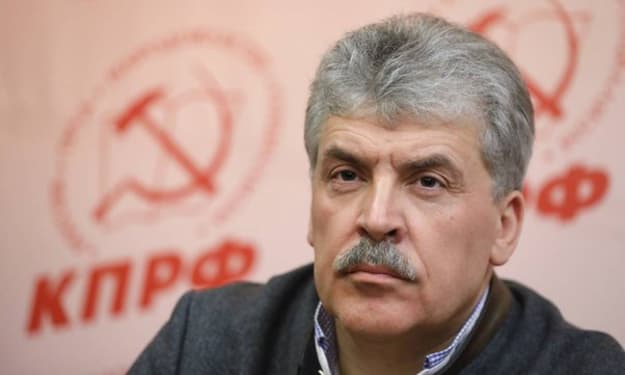"Decoding the Russian 'Z': How a Symbol Became a Controversial Propaganda Icon"
"The Rise of the 'Z' Symbol Amid Russia's Invasion of Ukraine"

On March 5th, 2022, Russian gymnast Ivan Kuliak stepped on the podium at the International Gymnastics Federation World Cup in Doha, Qatar. He won the bronze medal in the parallel bars. Next to him was Illia Kovtun, the gold medal winner from Ukraine, and silver medalist Milad Karimi, representing Kazakhstan. The situation was already tense. Russia's invasion of Ukraine had begun just nine days earlier, creating an atmosphere of international condemnation and sanctions.
Amid this backdrop of global disapproval and political tension, Ivan Kuliak made a decision that would elevate a seemingly innocuous symbol to the forefront of a controversial global discourse. While standing on the podium, he attached three pieces of white tape to his uniform, forming the letter 'Z.' This gesture was more than just an athletic accolade; it was a statement of support for the war and allegiance to Russian President Vladimir Putin.
The Mysterious 'Z' Symbol Emerges
The 'Z' symbol first came into the public eye in late February 2022 when it appeared on Russian military equipment gathered near Ukraine's border. Alongside other painted white markings, including 'V' and 'O,' it initially puzzled observers around the world. These symbols had unclear meanings, especially given that 'Z' is not a part of the Cyrillic alphabet, which is used in both Russia and Ukraine.
The Russian military maintained an enigmatic silence regarding these symbols, leading to widespread speculation among analysts and the general public. The general consensus pointed toward tactical purposes, suggesting that these markings might serve to prevent confusion on the battlefield or denote the origin of specific military units. Nevertheless, it was apparent that the 'Z' symbol held uncharted potential for propaganda in Russia.
The 'Z' as a Tool of Propaganda
In Russia, the 'Z' symbol gained meaning by being associated with the Russian word "Za," which means "for." By incorporating it into slogans such as "For victory," "For the president," and "For the boys," the 'Z' symbol began to take on patriotic significance. These slogans became rallying cries in support of the war, effectively establishing the 'Z' as a shorthand symbol for endorsing Russian aggression and displaying loyalty to President Putin's regime.
This propaganda campaign transcended digital platforms, extending to various facets of Russian life, including flash mobs, graffiti, and official posts by the Russian Ministry of Defense. The 'Z' symbol was embraced as an emblem of patriotic fervor, a reflection of allegiance to Putin's administration.
Linking the 'Z' to Russia's Historical Glory
Another propaganda strategy employed to promote the 'Z' symbol as a patriotic icon was to connect it to Russia's historical legacy, particularly the Soviet victory in World War II. While the Soviet Union suffered immense losses during the war, it ultimately emerged victorious, establishing itself as a superpower. Victory Day, celebrated on May 9th, commemorates this historic moment.
By incorporating the 'Z' symbol into propaganda that connects nostalgia for Soviet heroism with Russia's actions in Ukraine, an emotional bridge is created to justify the war's legitimacy. These narratives include images juxtaposing Soviet soldiers from the original Moscow Victory Parade of 1945 with modern Russian soldiers, all united under the banner of "For victory."
The Power of Symbolism in Propaganda
The 'Z' symbol's rapid evolution, from its initial appearance on military equipment to being embraced by social media campaigns and even the Russian Ministry of Defense, underscores the influential role of symbols in propaganda. The symbol doesn't carry a fixed or specific meaning but instead functions as a flexible tool that can be adapted to serve different narratives and agendas.
This adaptability allows Putin's propaganda apparatus to experiment with different meanings, observing what resonates with the public. The symbol's meaning is molded and reshaped by various alternative explanations, contributing to the overall energy of state propaganda.
As the 'Z' symbol continues to gain visibility and recognition, it becomes increasingly effective in rallying support for the war and conveying approval for the conflict. This case is a testament to the art of propaganda and the pivotal role that symbols can play in shaping public opinion, generating emotional connections to historical events, and advancing political agendas.b






Comments (1)
this is great work you can also join my friends and read what i have just prepared for you